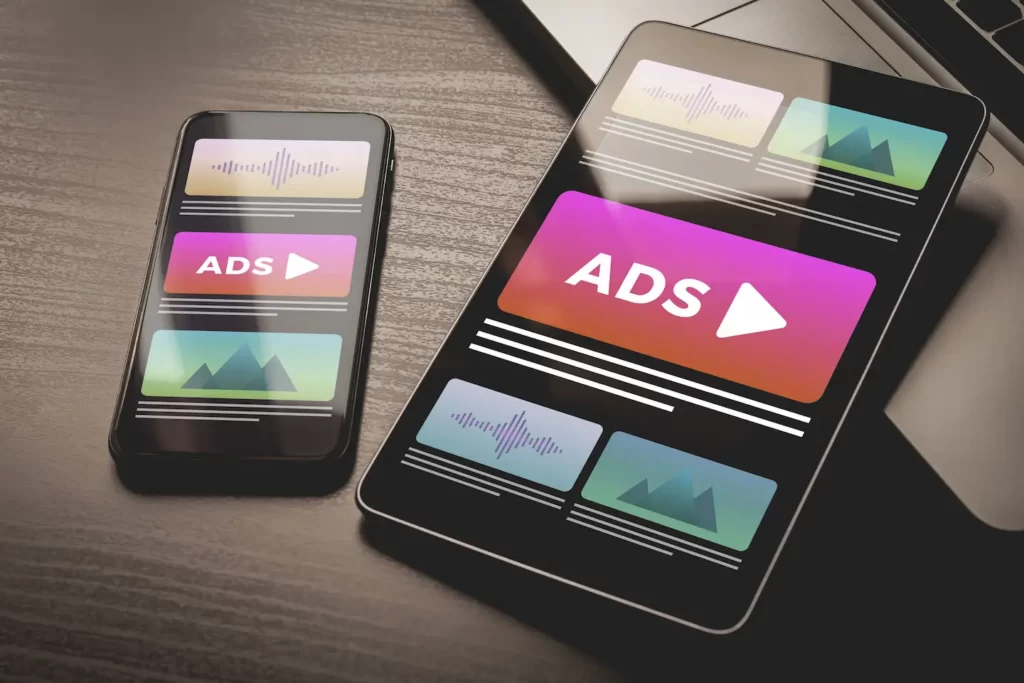Advertising Media Examples: A Guide to Diverse Marketing Channels
Ever seen an ad on TV and then bumped into a similar one online? That’s the power and reach of diverse advertising channels! In a world saturated with information, advertising media plays a key role in connecting brands with their target audience. Whether you’re walking down a street, scrolling on your phone, or reading a magazine, advertisements are everywhere. It’s essential for businesses to understand and harness this vast landscape to make their mark.
1. Understanding Advertising Media
So, what exactly is advertising media? In simple terms, it’s the various methods and tools that companies use to promote their products or services. Think of it as the bridge between a brand and its potential customers. Its importance? Huge! In today’s digital age, with so many brands vying for attention, the right advertising medium can be the difference between being noticed and being lost in the crowd.
And this isn’t something new. Advertising media has been around for ages, evolving with time. From the early days of flyers and newspaper ads to today’s interactive digital campaigns, the journey of advertising media is a testament to its ever-growing significance in the world of marketing. As technology and society changed, so did the ways brands reached out to their customers. It’s a fascinating story of innovation and adaptability, and it’s far from over!
2. Traditional Advertising Media
Ah, the good old ways! While the digital world has surged in recent years, traditional advertising mediums still hold a charm that’s hard to replicate. Here’s a look at some of these classic methods:
a. Print Media
- Newspapers: You know those morning reads that accompany your coffee? They’ve been a trusted ad space for brands for centuries. They offer a wide reach, especially in local communities, making them a prime spot for local businesses.
- Magazines: These are tailored for specific interests, from fashion to tech, making them great for targeted advertising. A cosmetic ad in a beauty magazine? Perfect match!
- Brochures: Ever received a colorful pamphlet at a mall or with your mail? That’s a brochure at work – a tangible piece of advertisement that consumers can hold, making it an impactful tool for direct marketing.
b. Broadcast Media
- Television: Who hasn’t hummed along to a catchy TV commercial jingle? With its vast reach and dynamic visual and audio elements, TV ads can create lasting impressions.
- Radio: From morning shows to late-night tunes, radio advertisements weave into a listener’s daily routine, making them a subtle yet effective advertising channel.
c. Outdoor Media
- Billboards: Large, colorful, and hard to miss! Whether you’re stuck in traffic or on a cross-country road trip, these giant ads often catch your eye.
- Transit Advertisements: Seen on buses, trains, and even auto-rickshaws, they move around the city, spreading the word about a brand.
- Posters: Smaller than billboards but equally powerful, especially when placed in high-footfall areas like bus stops or community centers.
3. Digital Advertising Media
Enter the digital age! As the world goes online, so does advertising. Let’s dive into these modern advertising channels:
a. Online Display Ads
- Banners: These are the rectangular ads you see on websites. They’re often colorful and animated to grab attention.
- Pop-ups: Suddenly appear when you’re browsing a webpage. Though some find them annoying, they sure do catch the eye!
- Interstitials: These full-page ads show up during transitions on an app or website. Think of them as “ad breaks” for the digital space.
b. Search Engine Advertising
- Pay-per-click (PPC): Ever noticed those top results with the word ‘Ad’ on your Google search? That’s PPC. Advertisers pay a fee each time their ad gets clicked.
- Cost-per-impression (CPM): Here, brands pay based on the number of times their ad is displayed, regardless of clicks.
c. Social Media Advertising
- Sponsored Posts: Paid posts that appear on a user’s feed, looking like regular posts but with a little “sponsored” tag.
- Stories: Short-lived 24-hour ads on platforms like Instagram and Facebook. With their fleeting nature, they create a sense of urgency.
- Carousel Ads: Multi-image or video ads on social platforms, letting brands showcase more in a single ad space.
d. Email Advertising
- Newsletters: Regular emails to subscribers, offering a mix of content and promotions.
- Promotional Emails: Direct emails focusing on specific offers or products.
- Retargeting Emails: Ever abandoned a shopping cart and then received an email about it? That’s retargeting, nudging you to complete the purchase.
4. Specialty Media
Going beyond the regular! Specialty media offers unique ways to grab attention, leaving a lasting impression. Let’s explore:
- Product Placements in Movies and TV Shows: Ever noticed a hero using a specific brand of phone or sipping a certain drink in movies? That’s no accident! Brands sometimes pay to have their products featured prominently in popular movies or TV shows.
- Branded Merchandise: From T-shirts with brand logos to pens, mugs, and more. These items serve as walking advertisements, every time someone uses or wears them.
- Guerrilla Marketing Tactics: Think flash mobs in a mall or a mysterious art piece appearing overnight in a park. These are unexpected and unconventional marketing strategies that create a buzz and get people talking.
5. The Role of Integrated Marketing Communications
Imagine having a jigsaw puzzle where every piece fits perfectly. That’s integrated marketing in a nutshell!
- How Diverse Advertising Media Channels Complement Each Other: For instance, a TV ad can be complemented with a social media campaign, multiplying its reach and impact.
- Examples of Successful Integrated Campaigns: Remember the ALS Ice Bucket Challenge? It started as a social media trend but soon took over TV news, print media, and even radio. It’s a great example of how various media channels can amplify a single campaign.
6. How to Choose the Right Advertising Media
So, with all these options, how do you pick?
Factors to Consider:
- Target Audience: If you’re targeting teens, TikTok or Instagram ads might work better than a newspaper ad.
- Budget: While TV ads might have a broad reach, they can be pricey. Online ads can be more budget-friendly and offer precise targeting.
- Campaign Goals: Want brand awareness? Billboards or TV spots might work. Looking for direct sales? PPC or email marketing could be the key.
- The Importance of Combining Both Traditional and Digital Channels: Think of it as a meal. Traditional media is your main course, providing substance and reach. Digital media is like the spice, giving it a kick and making it more memorable. Together, they create a well-rounded advertising strategy that reaches every nook and cranny of your target market.
7. Pros and Cons of Various Advertising Media
Every ad channel has its sunshine and rain. Let’s dive into the ups and downs:
Print Media (e.g., Newspapers, Magazines):
- Pros: Tangible, trusted by older demographics, good for local reach.
- Cons: Limited to geographic areas, can be expensive, not easily editable.
Broadcast Media (e.g., TV, Radio):
- Pros: Wide reach, engages multiple senses, memorable.
- Cons: High costs, fleeting (once the ad is over, it’s gone), limited targeting.
Digital Media (e.g., Social Media, PPC):
- Pros: Targeted advertising, global reach, budget-friendly options, trackable ROI.
- Cons: Ad fatigue, data privacy concerns, steep competition.
Outdoor Media (e.g., Billboards):
- Pros: Hard to miss, localized targeting, 24/7 visibility.
- Cons: Static, can be pricey, limited information.
8. Future Trends in Advertising Media
Advertising is ever-changing, and the future looks exciting!
- Emergence of Immersive Experiences: Imagine trying on clothes in a virtual store or test-driving a car without visiting a showroom. VR (Virtual Reality) and AR (Augmented Reality) advertising are making this possible, creating interactive and unforgettable experiences for consumers.
- The Growing Role of Data-driven Personalized Advertising: Ever felt like an ad “read your mind”? That’s data at play! Brands are now using big data to tailor ads that resonate with individual preferences and behaviors.
Conclusion
Choosing the right advertising medium is like picking the right tools for a job. As the world of advertising grows and evolves, brands must stay informed, flexible, and ready to tap into new avenues. Remember, it’s not about being everywhere, but being where it matters most.
Have you witnessed any interesting advertising trends lately? Or maybe you’ve got some thoughts on what the future holds? Jump into the conversation below! Let’s learn and grow together in this vibrant world of advertising.










